With Singapore’s tropical climate and balmy waters, an affinity for swimming as a recreational activity would be expected. It wasn’t however until the arrival of the first swimming pool, a century into modern Singapore’s founding, that the pursuit’s appeal among the masses really took off.
Recreational swimming had very much been the domain of the colonial elite, and the handful of well-off non-Europeans through much of modern Singapore’s first century. Several seaside villas featured private bathing pagars – swimming enclosures that extended out from the shore. Clubs were also organised to promote the activity, the first of which was the very exclusive Singapore Swimming Club set up in the 1890s. Its members, limited to those from the European expatriate community, plunged into the sea from a disused jetty at Tanjong Rhu before the club built a pagar in the 1900s. The wealthy non-Europeans also established clubs of their own such as the 1905 Chinese Swimming Club.

The (public) Bathing Pagar at Katong Park – built at the same time as Mount Emily Swimming Pool as part of a 1920s to 1930s drive to built sporting facilities for public use (from a set of slides obtained from Mr Kim Hocker).
With neither the luxury of time nor the means to travel, the working class population contended themselves to the occasional dip in the less sanitary waters closer to their places of abode. It would not be until the opening of the first municipal swimming pool, at Mount Emily in 1931, that swimming’s reach extended to the masses.
Mount Emily was not Singapore’s first pool. The Y.M.C.A. opened one in a disused salt water tank on Fort Canning Hill in 1919. While this pool may have introduced the sport to a selection of school children, it was out of reach to much of the urban population.
Mount Emily’s opening came on the back of a boom in the establishment of public sporting facilities, which started in the 1920s. The growing municipality, whose population had exceeded 600,000, was in need of such spaces. There was a growing awareness of the benefits “wholesome sport” to the health and well-being of the working classes and this provided the Municipal Commissioners with the impetus to make the provision of playing spaces a priority.

The drive to build sporting facilities also saw the former Race Course transformed into the Farrer Park Playing Fields in the mid-1930s, which was touted as a “new lung for the city” (photo: National Archives Online).
Set in an elevated exclusive neighbourhood that provided some of the best views of the town, Mount Emily Swimming Pool’s location may have seemed odd. A ready made excavation – in the form of a decommissioned service reservoir’s tank – must have the deciding factor. One of the reservoir’s two tanks was turned into the pool, which given deep main section and a shallow children’s sub-section.

A G R Lambert photograph of the reservoir on top of Mount Emily taken from Osborne House. Mount Emily’s elevation and its rather flat and elongated top made it a perfect for the placement of the service reservoir, which was put there in the late 1870s. This supplied treated water to the municipality until it was made redundant by the much larger Fort Canning Reservoir in 1929.
It was with the children that the pool proved to be a hit. This was due in part to periods during which school children were provided with free entry. This brought about many positive outcomes. It not only provided a much needed outlet for the expansion of youthful energy, it also kept children from mischief. There would however be the nuisance that would be caused by overcrowding – due to the pool’s popularity – combined with the over-exuberance of many of the schoolboys. Secret society members were also known to frequent the pool, often harassing swimmers. The pool would prove especially popular after the war. Its reopening, in December 1949 following an 18 month closure during a polio epidemic, drew such an unruly crowd that the police had to be called in.

Mount Emily Swimming Pool was in use until the early 1980s. It was where Singapore’s very first woman lifeguard, Miss Ann Tay, passed her test in February 1952.
The public would have to wait until 1952 for its second pool, which was at Yan Kit Road. Farrer Park in 1957 and River Valley in 1959 would add to the list of pools. Yan Kit was especially popular, having been set up in a highly populated area, requiring a two hour limit had to be imposed on pool users soon after it opened.
Swimming’s popularity would increase further in the 1960s, when schemes that were introduced to promote swimming. With Independence, the promotion of sports became a National priority. Sports, seen as a means to build self-discipline and a healthy and “rugged society”, was to serve as a foundation for a disciplined workforce. The promotion of swimming, a sport that lent itself as a social unifier, was put high on that agenda. This and the success of Singapore swimmers at regional competitions, led to increased in pool usage. Admissions grew to some 987,000 annually by 1969.
The 1970s would see swimming pools being built further away. Much of the population was being moved into newly built public housing estates and satellite towns to which amenities to promote healthy and gracious living were added. The first suburban pools were at Queenstown and Jurong, which came up in 1970. The hosting of the SEAP Games in 1973 and the continued success of local swimmers led to a growing belief that the sport was one Singapore could excel in and many more would take it up. By 1975, attendance at public swimming pools topped 3.5 million.

Buona Vista Swimming Pool (1976), which closed in 2014. I took a very eventful Bronze Medallion Life Saving test here in 1983.
In spite of the proliferation of pools with more clubs and condominiums being built, public pools continue to serve an important social function. Singapore has a total of 25 public pools today. These provide the population not only with a place for physical activity and social interaction; the social use of pools has been extended through the use of unique designs as a means to provide the neighbourhoods they are being built in with a statement of identity.










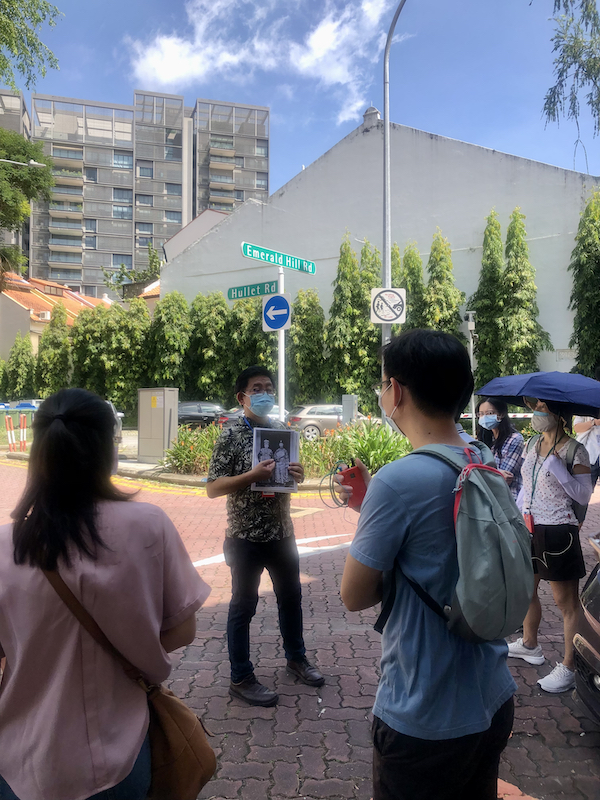

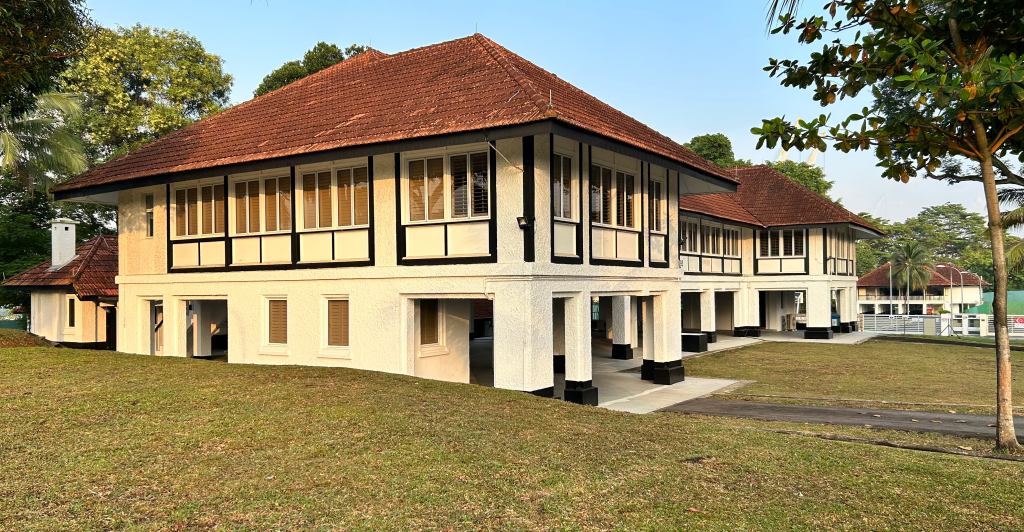

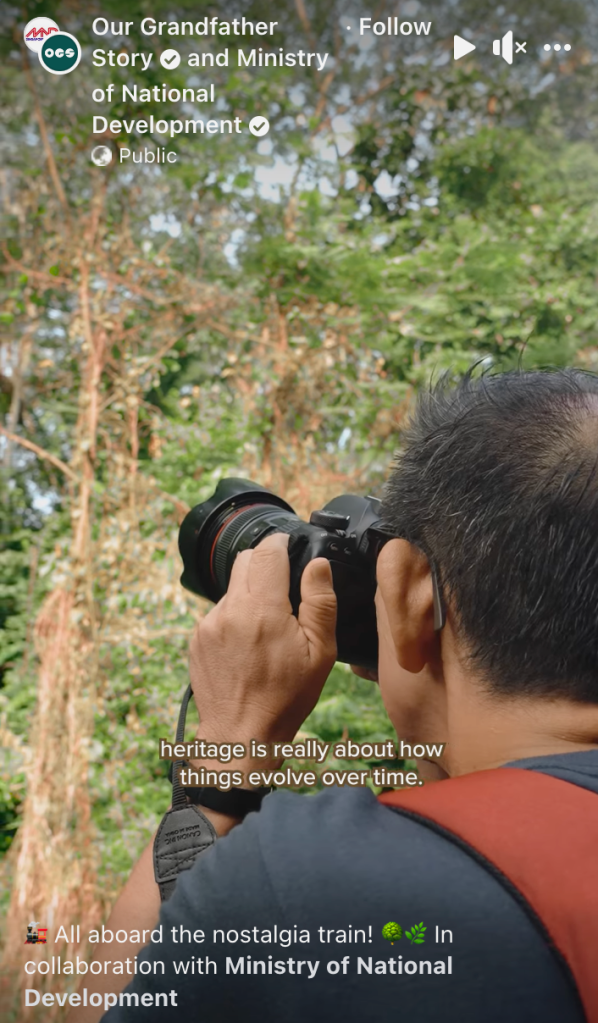
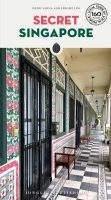


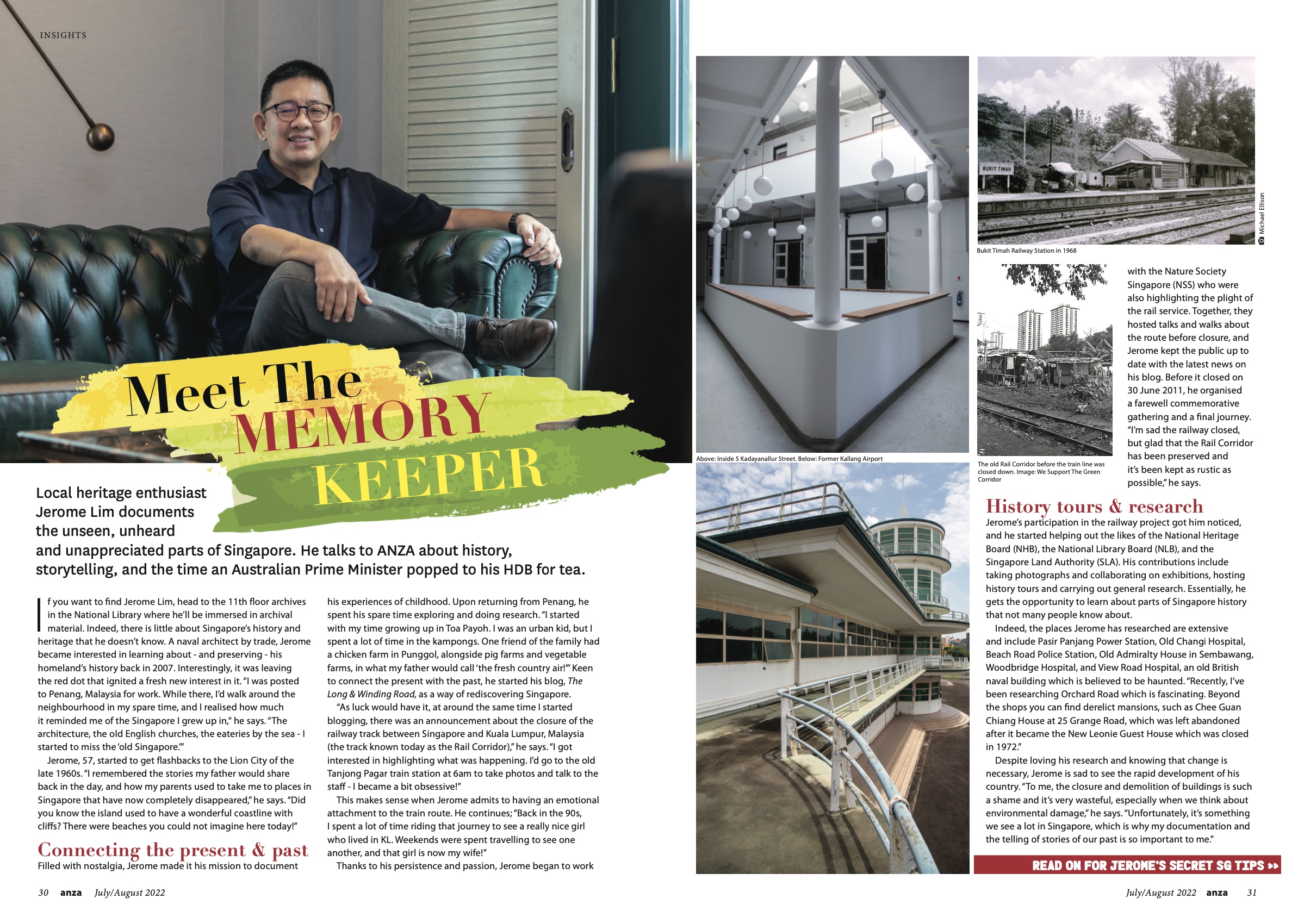









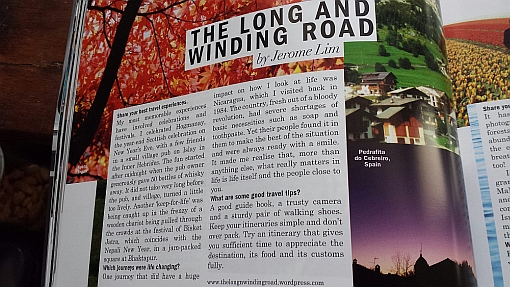
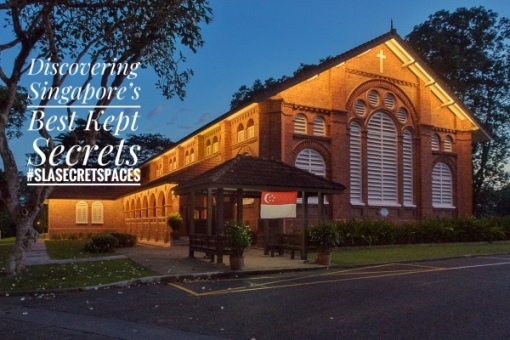
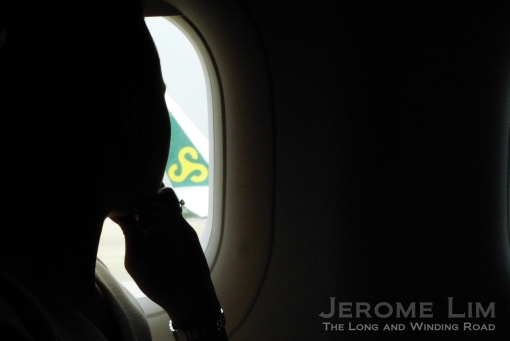
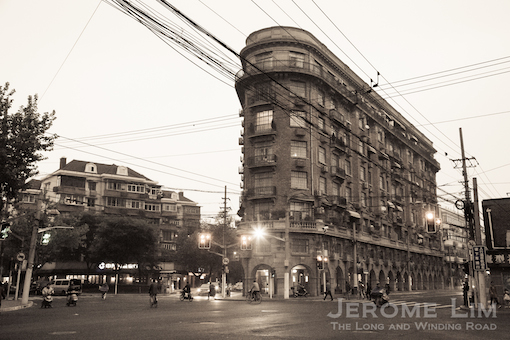


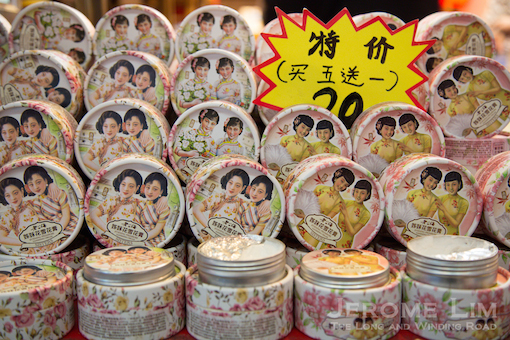
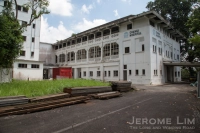
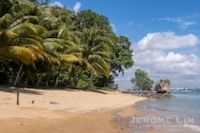
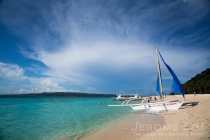
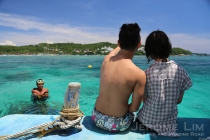
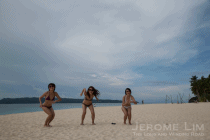

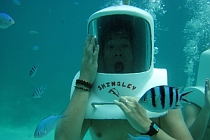
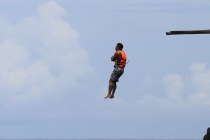
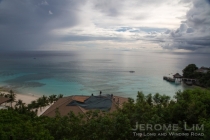
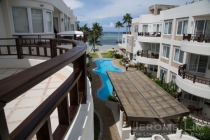
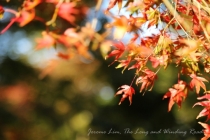

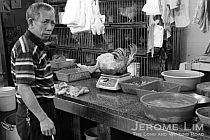
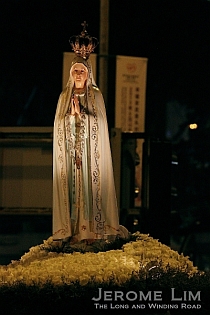
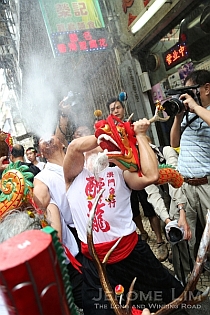
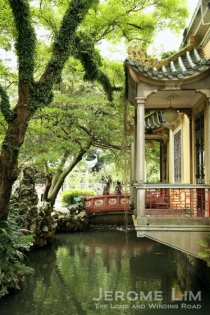
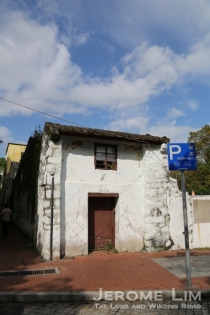
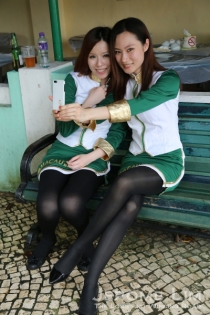
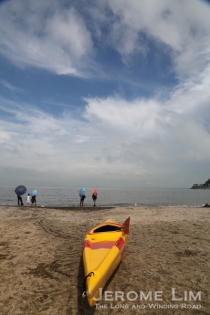





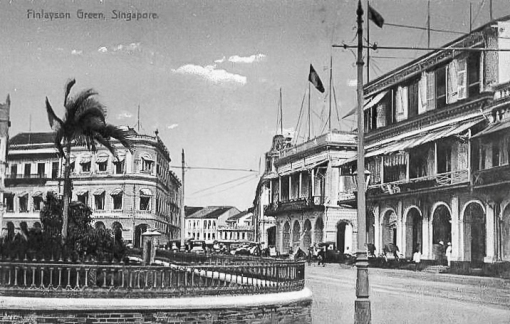
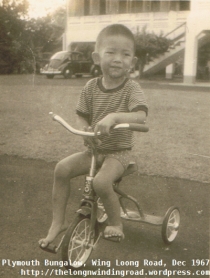
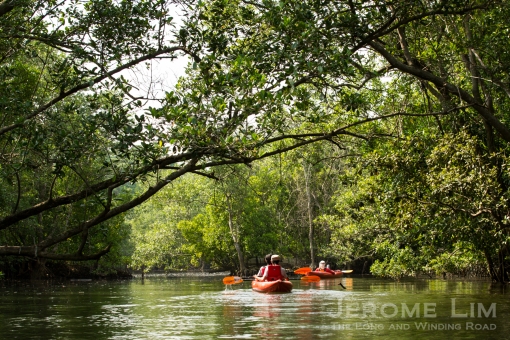
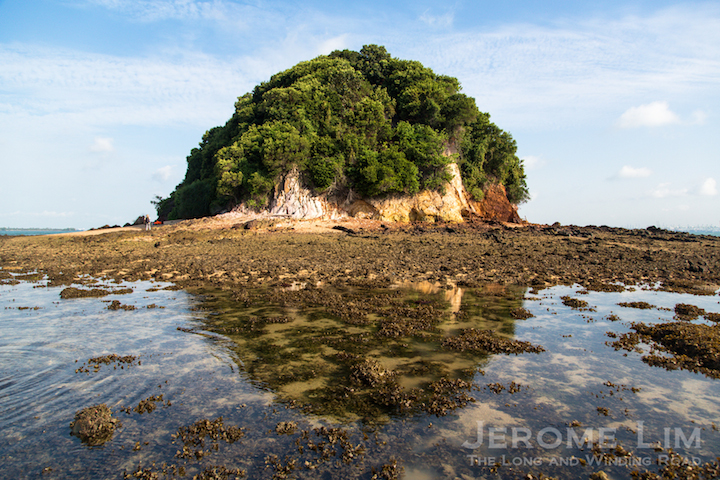

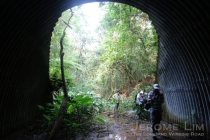
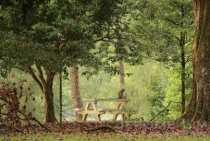
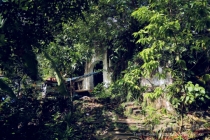
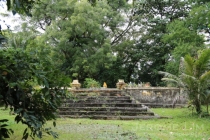
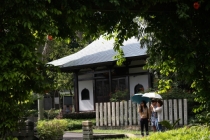
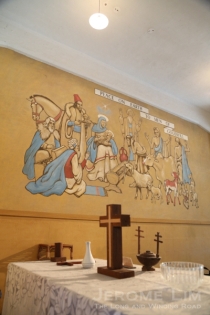





Yan Kit swimming pool was built on the former line of the railway from Tank Road to Pasir Panjang, closed in the 1930s. Parts of this were still visible when I visited in 2007/8 and later.
The original site of the first Singapore Railway station, opened in 1903 at the southern foot of Fort Canning and closed to passengers in 1907 when Tank Road opened, but retained for goods traffic until the 1930s, was later used for both a swimming complex and for the Van Kleef Aquarium in the 1960s. Again parts of this were still visible recently.
More details of these on my website at http://searail.malayanrailways.com/Singapore/SRhistory.htm
Reblogged this on Dawn of Divine Rays.
Great post. Thanks for the information!
Thanks!
hi, you have missed out other old pools like the yankit pool at tanjongpgar andthe tiger swimming pool dth along pasirpanjng road andtherivervalley pool oposite clarke quay? thetigerpool uses sea wter pumpedin romthe sea andte wterisdark green andvery bouynt compredto normal clear water and has a large pagar too forthosewho prefer to swim there with no gudedentrnce into the pools and as kids we used to sneak in by thepagarfor free rather than pay entrance fee of 10 cts a largesum in those days in the 50sanyway thks for the memorieswarmest regards
This was more to provide the background to the development of public swimming facilities in Singapore. Tiger would have been considered to be a private pool. Yan Kit and River Valley (a postcard image of River Valley has in fact been used), along with Farrer Park – the trio of public pools established in the 1950s, is mentioned.
[…] River valley road swimming pool could be found. There are record of the place dating back till 1919 and had seen it better days before the pool itself was demolished in 2010. Fortunately some of the […]
Brought back memories.
My dad brought us quite often to yan kit pool at tg pagar in early 70s.
Buona Vista pool was where i taught how to swim by my classmate in 1981.
Tjanks for the article